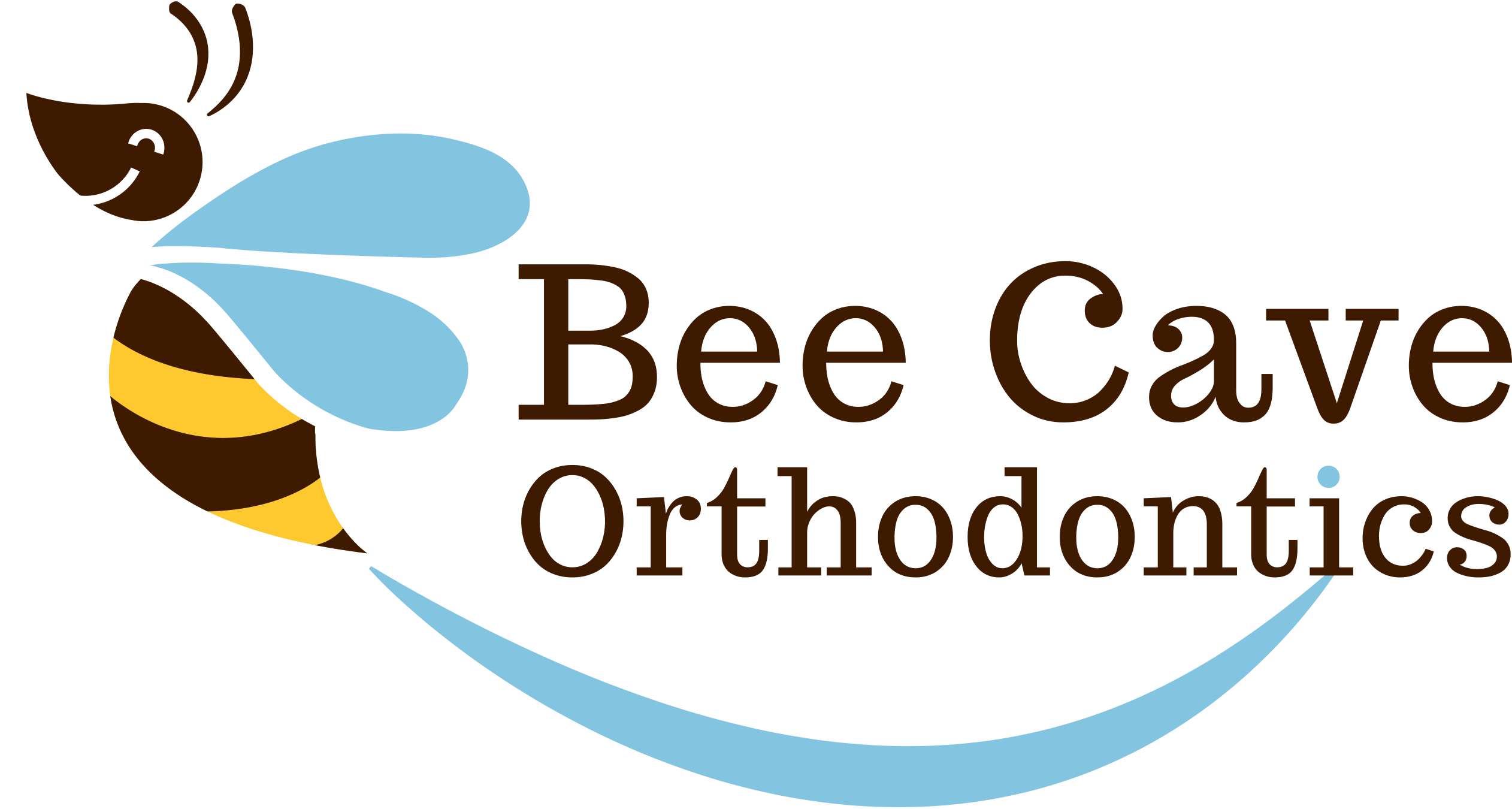
How to Care for Your Braces: 5 Expert Tips for Maintaining Oral Hygiene
Wearing braces is an exciting step toward achieving a perfect smile. Whether you’re an adult or teenager undergoing orthodontic treatment, it’s essential to maintain good oral hygiene while your braces work their magic. While braces straighten your smile, they also create new challenges in keeping your teeth and gums clean. Without proper care, plaque and food particles can build up, potentially leading to cavities, gum disease, or even prolonging your treatment.
Preview
ToggleIn this post, we’ll provide some useful orthodontic tips to help you maintain optimal oral hygiene while wearing braces.

1. Brushing with Braces: A New Approach
Brushing your teeth when you have braces requires more attention to detail than brushing without them.
The brackets and wires make it easier for food particles to get trapped, which can increase the risk of plaque buildup.
To ensure a clean and healthy smile, follow these brushing tips:
- Brush after every meal: With braces, food tends to get stuck in your brackets and wires. Brushing after each meal helps remove trapped food particles and bacteria before they can cause decay.
- Use a soft-bristle toothbrush: Soft-bristled brushes are gentle on both your teeth and braces, reducing the risk of damage to the brackets. You can also use an electric toothbrush, which may provide better cleaning results.
- Angle your toothbrush correctly: To properly clean your braces, hold your toothbrush at a 45-degree angle and brush above and below the brackets. This technique ensures that the bristles reach the areas around the braces where food particles and plaque can accumulate.
- Brush for at least two minutes: Make sure to spend enough time brushing each quadrant of your mouth, focusing on each tooth and the braces attached to them.
- Don’t forget the gum line: Brushing along your gum line is just as important as cleaning your teeth. Plaque can accumulate there, increasing the risk of gum disease if not properly cleaned.
2. Flossing with Braces: Getting into the Gaps
Flossing with braces can feel like a daunting task, but it’s essential for keeping the spaces between your teeth free from food debris and plaque.
There are several orthodontic tools that can make flossing easier:
- Floss threaders: A floss threader is a handy tool that allows you to guide the floss under the wires of your braces. It’s especially helpful for reaching between teeth, where food can get stuck.
- Orthodontic flossers: These pre-threaded flossers are designed specifically for braces, making it easier to clean between teeth without needing to use a separate threader.
- Water flossers: A water flosser (or oral irrigator) is a device that shoots a stream of water between your teeth, effectively removing food particles and plaque. Many orthodontists recommend water flossers as they are convenient and gentle on braces.
- Don’t skip a day: Just like brushing, flossing should be done daily to ensure that you maintain excellent oral hygiene throughout your treatment.
3. Rinsing with Mouthwash: Extra Protection
In addition to brushing and flossing, using an antibacterial mouthwash can offer an extra layer of protection for your teeth and gums. Mouthwash helps rinse away food particles and bacteria that brushing and flossing may have missed. Look for a fluoride mouthwash to strengthen your tooth enamel, making it more resistant to cavities.
4. Dealing with Food Restrictions: What to Avoid
Food restrictions are an inevitable part of wearing braces. Certain foods can damage your brackets and wires or get stuck in hard-to-reach places.
To keep your braces intact and avoid unnecessary trips to your orthodontist, here are some foods to avoid:
- Sticky and chewy foods: Foods like caramel, gum, and taffy can stick to your braces, making it difficult to clean your teeth properly and potentially causing damage to the brackets.
- Hard and crunchy foods: Biting into hard foods such as nuts, popcorn, and hard candy can break or dislodge the brackets and wires. If you enjoy fruits and vegetables like apples and carrots, consider cutting them into smaller pieces instead of eating them whole.
- Sugary snacks: Sugary treats like cookies, cakes, and soda increase the risk of cavities, especially if they get trapped in your braces. If you indulge in these snacks, be sure to brush your teeth soon after to reduce the risk of plaque buildup.
By sticking to soft foods like yogurt, pasta, and cooked vegetables, you can avoid many of the common problems associated with wearing braces.
5. Regular Visits to Your Orthodontist: Stay on Track
Regular checkups with your orthodontist are essential for ensuring that your braces treatment progresses smoothly. Your orthodontist will adjust your braces as needed and check for any issues like broken brackets or loose wires.
These visits also allow you to get personalized advice on maintaining your oral hygiene.
For residents of Austin, Texas, there are several orthodontic specialists who provide expert guidance on caring for braces.
If you’re unsure about your brushing technique, flossing routine, or food choices, don’t hesitate to reach out for advice.
Staying proactive about your oral hygiene will help you achieve the best possible outcome from your braces treatment.
Schedule a free consultation!
Remember, the effort you put into caring for your braces now will pay off in the form of a beautiful, lasting smile in the future. Stick to these tips, and you’ll keep your braces clean, your teeth healthy, and your treatment on track.
We appreciate your support and look forward to continuing to provide exceptional orthodontic care to the Austin community. Click here to schedule a free consultation!



